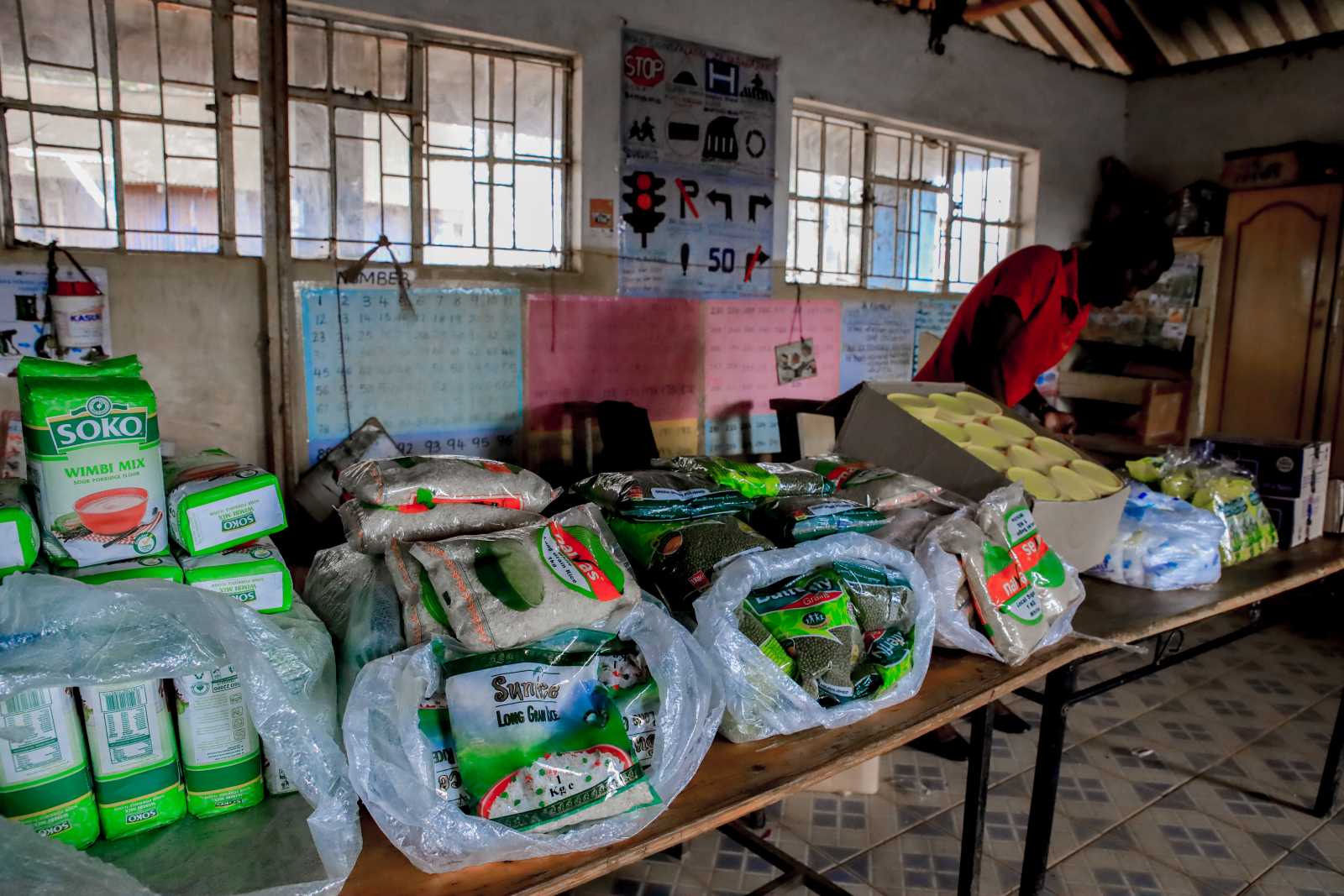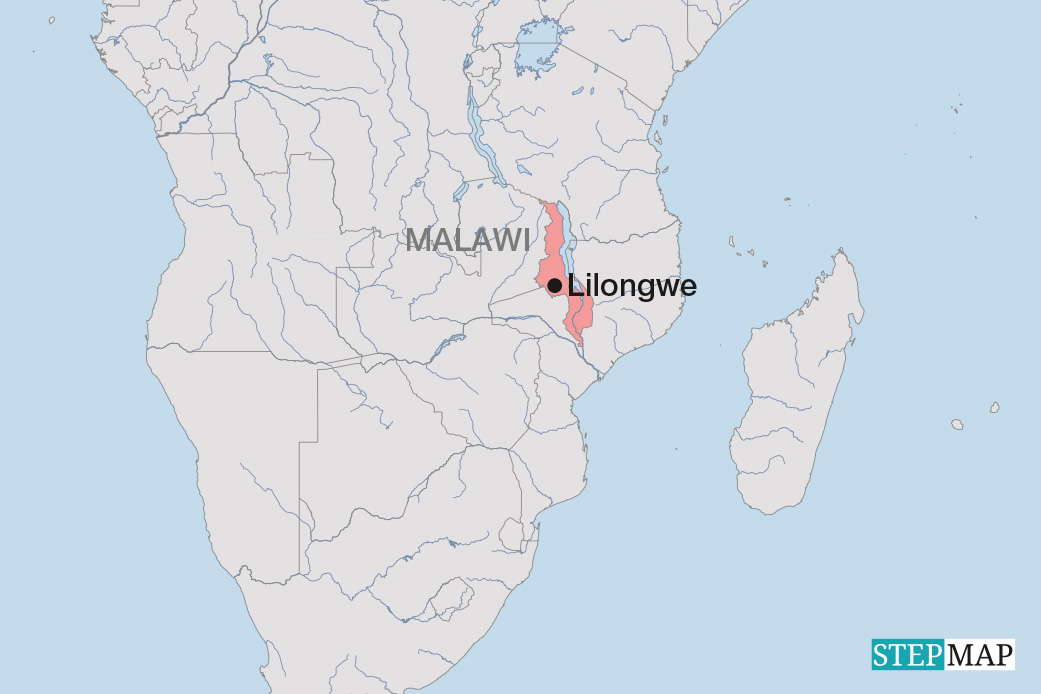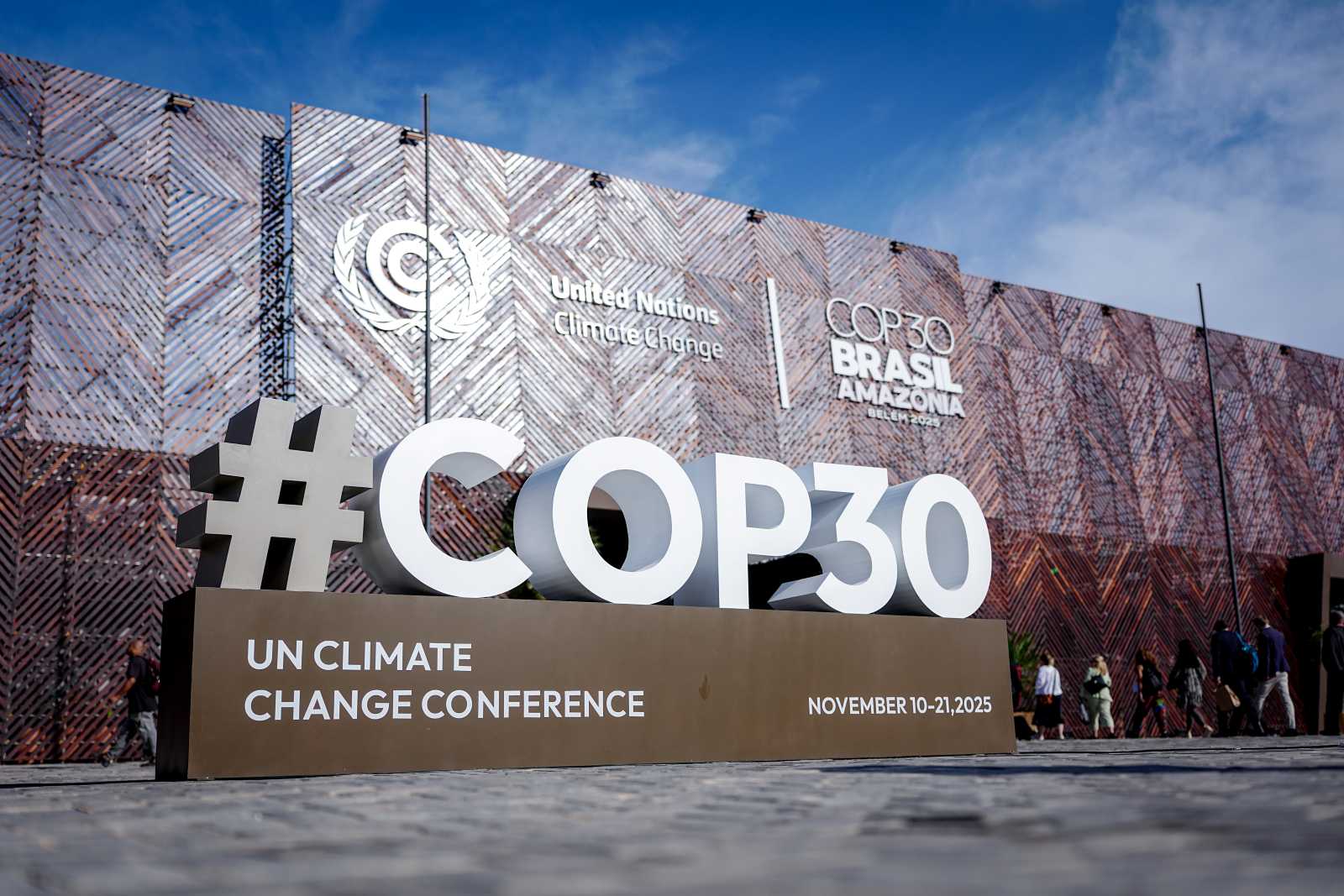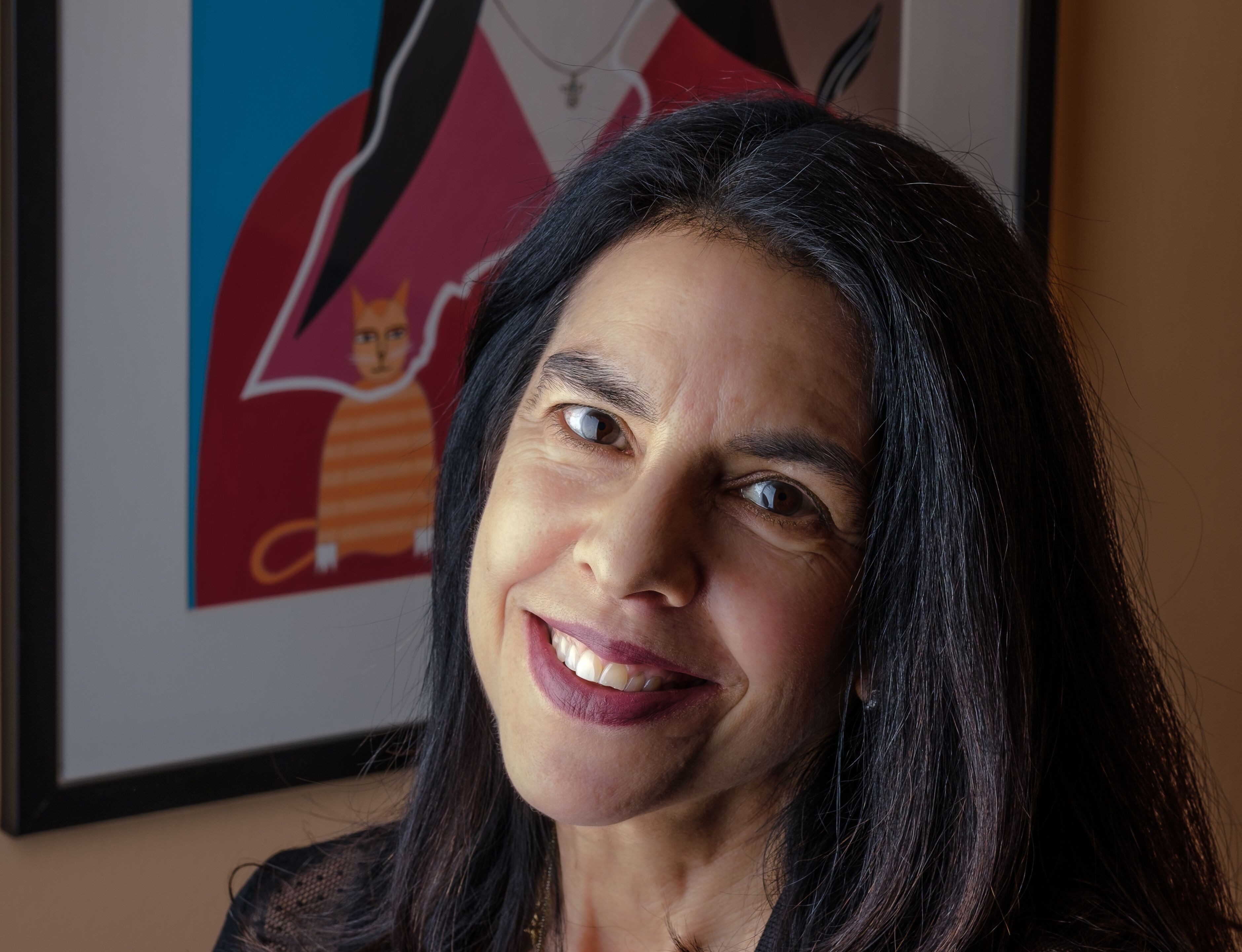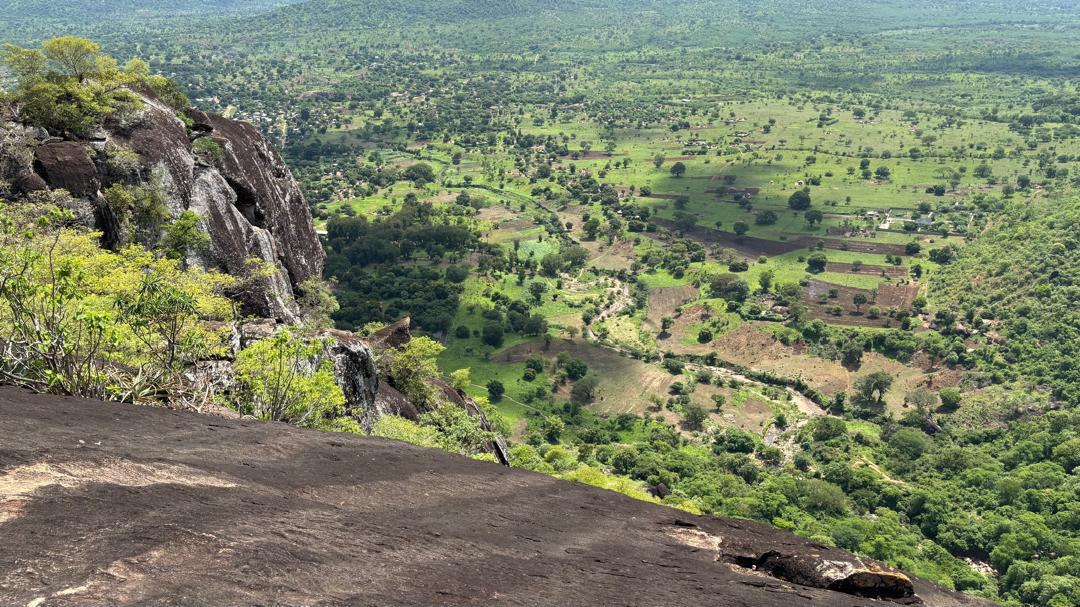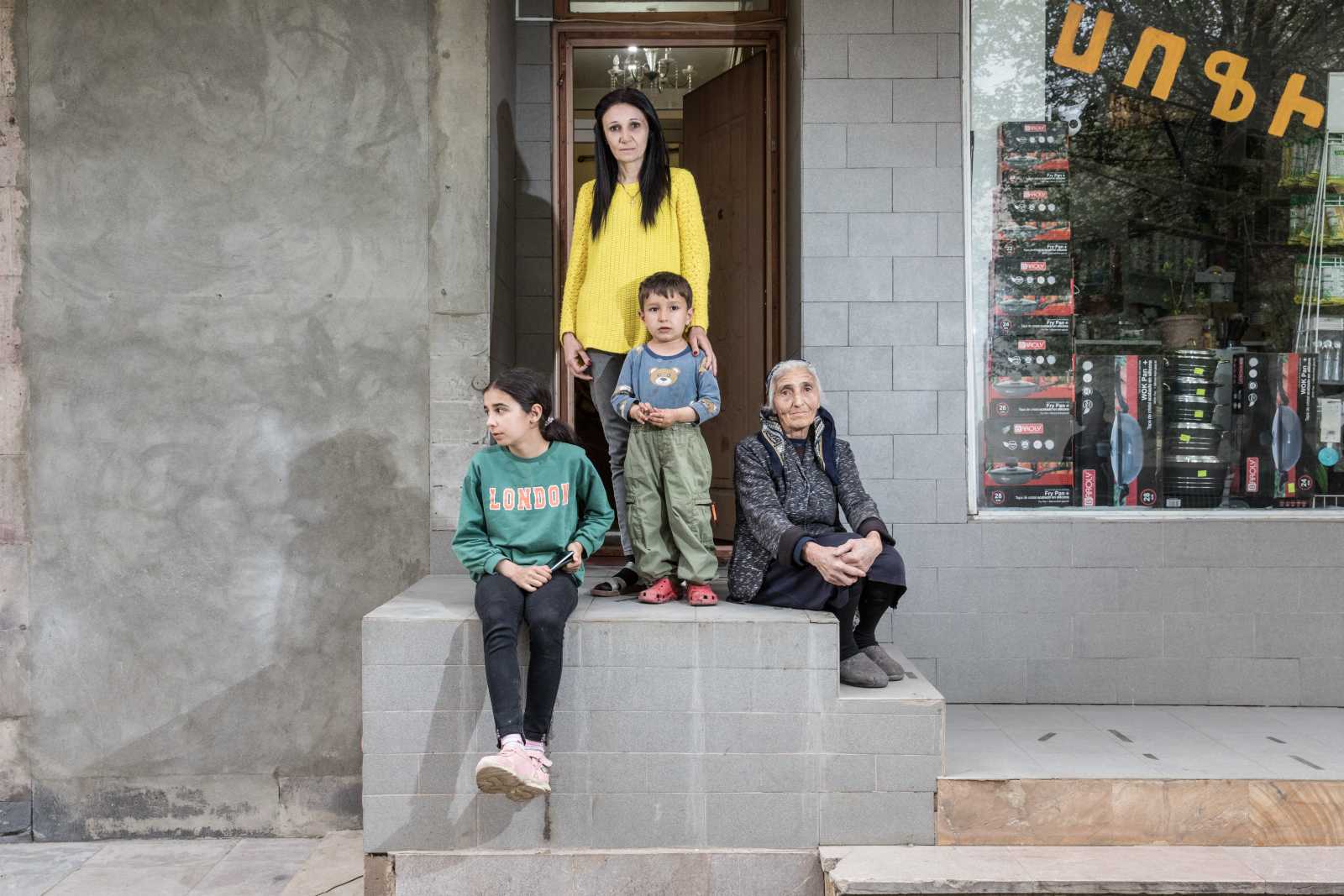Kyoto Protocol
Significant progress
By Sven Harmeling and Alpha Oumar Kaloga
Climate change has severe impacts on many developing countries. The international community is aware of how serious the threats are. Delegates at the UN climate summit in Marrakech in 2001 decided to establish the Adaptation Fund (AF), which became part of the Kyoto Protocol. Its mission is to help countries take necessary adaptation measures. Its principal mandate is to fund the full costs of specific adaptation projects and programmes in developing countries, and adaptation is defined as “a set of activities aimed at addressing the adverse impacts of and risks posed by climate change.” The activities must either reduce the vulnerability of social organisations and natural systems, or boost their adaptive capacity. The outcomes of measures must be measurable, monitorable and verifiable.
The AF is supervised and managed by the Adaptation Fund Board (AFB). It was formed at the climate summit in Bali in 2007. The AF began to work in 2008, but its future now seems uncertain in spite of meaningful achievements. The AF has consider-ably strengthened developing countries’ policy ownership, and it also gives civil society more say. The recent launch of the Green Climate Fund and other developments, however, are casting doubt on the AF’s future.
Ownership and new capacities
The AF was the first institution in international climate finance to give developing countries “direct access” to funding. The term means that developing countries can submit applications directly to the AF, rather than having to make applications through international bodies like the World Bank or the UNDP (United Nations Development Programme), which was previously the conventional practice.
If they wish to turn to the AF directly, developing countries must obtain accreditation for national implementing agencies. These agencies, in principle, serve the same functions as the multilateral bodies normally do. National implementing agencies must meet fiduciary standards, and they are held respon-sible for projects and programmes submitted by their countries as well as for all funds disbursed. Direct access speeds up the funding process, makes it less complicated and increases the sense of ownership in developing countries. Nonetheless, developing countries are still free to opt for conventional procedures in reliance on multilateral institutions.
The AF’s setting-up was difficult, but the accreditation of national implementing agencies has gained momentum last year. By the end of 2010, only three countries had accredited agencies of their own: Senegal, Jamaica and Uruguay. In the meantime, the number has risen to eleven, and further applications are being processed. Jordan and Rwanda were the first countries to get government ministries accredited as implementing agencies.
The reason for the rising number of applications is not any lowering of fiduciary standards, but that recipient countries get better information about the accreditation process. The UN climate summit in Cancún in 2010 decided to hold regional AF workshops in Africa, Latin America, Asia and the Pacific. These events served south-south capacity building too, because accredited national agencies shared their experience.
It is noteworthy that, contrary to the fears of many industrialised countries, no new agencies were established for accessing the AF. So far, only institutions that have already been serving other purposes have been accredited, and many of them have been involved in foreign funding for decades. In some countries, moreover, the accreditation process has triggered institutional reforms and improvements, thus contributing to capacity development.
Vulnerable people
The AFB has also made good progress in some other areas: It focuses on vulnerable people, involves civil society and ensures transparency and broad participation in decision making.
In 2008, the AFB decided that the projects developing countries submit must address the needs of the most vulnerable communities. Civil society re-presentatives had raised the subject, and the non-governmental organisation Germanwatch called for specific implementation guidelines. As a result, the approval of financing may now depend on what a project means for the most vulnerable people. These are not empty words. Project reports and feedback ever more frequently refer to this matter, and the guidelines were amended at the AFB meeting in March 2012.
Furthermore, the AFB has strengthened civil so-ciety participation. There are guidelines for public consultation on projects and plans. Germanwatch cooperates closely with NGOs in Honduras, Jamaica, Senegal and other countries. The experience shows that governments and implementing agencies appreciate the input from civil society. Such input is considered useful even though it often expresses criticism.
Before deliberations, the AFB publishes propo-sals on its website and invites comments from the public. Board meetings are broadcast online, and there is a complaints procedure. Operations are thus quite transparent. There are plans to publish technical project reviews in the future, since such reviews have a bearing on AFB decision-making. NGOs will be invited to submit their opinions before the AFB decides about funding specific projects. Since December 2010, moreover, there have been dialogue meetings with civil society ahead of board meetings, so NGOs from various countries can argue their cases on strategic issues or financial requirements.
Uncertain financing
Despite such success, however, the AF’s future funding is shrouded in doubt. Originally, the Clean Development Mechanism (CDM) was supposed to be the major source of financing for the AF. The CDM is basically a system of international emissions trading, and a two percent levy on all CDM transactions serves to refinance the AF. As a source of finance, however, the CDM has become quite ineffective. In international emissions trading, carbon prices have plummeted to half their level of two years ago. The reasons are that the future of the Kyoto Protocol is uncertain and that the EU, the main player in emissions trading, has only set rather unambitious climate protection goals.
In the past, voluntary contributions by rich nations have gone some way to closing the gap. The main donors are Spain and Sweden. Germany, the official host country for the AF, contributed $ 10 million in 2010, but further commitments have yet to be made.
So far, the AF has approved about $ 130 million for 18 projects. It is estimated that it will have a further $ 200 million at its disposal by the end of 2012. However, demand will probably exceed AF capacity soon. Currently, a single country can get a maximum of $ 10 million.
At the most recent board meeting in June, 18 projects were discussed. Expecting bottlenecks, the AFB had earlier taken two important decisions:
– At most 50 % of AF funding will be channelled through multilateral bodies. The idea is to make sure that there is enough money for the national implementing agencies. This decision makes sense, but does not serve the interests of the World Bank and the UNDP. The limit has been reached in June 2012, and the AFB will consider how to deal with this situation. Another issue is to make sure that the most deserving countries get the money. Indeed, relatively prosperous developing countries can apply for AF money too. Fortunately, rich oil exporters such as Qatar or the United Arab Emirates have not done so yet. At the moment, Argentina, which is ranked 45th nation by the Human Development Index, is the most wealthy nation to have submitted a proposal.
– The AF wants to raise an additional $ 100 million by the end of this year. The money is expected to come from contributions by developed countries, as well as private-sector allocations and innovative financing mechanisms.
Future options
The UN climate summit in Copenhagen in 2009 resolved to establish the Green Climate Fund (GCF) to fund action on climate change. It is eventually supposed to have a much higher level of funding than the AF, so the question of the AF’s future role arises. Various scenarios are conceivable:
– Division of labour: the AF could continue to finance specific, individual projects. Ideally, non-governmental actors would also get direct access. The GCF, on the other hand, would support larger-scale, long-term transformation and planning thereof. Both individual projects and society-wide approaches are necessary and will complement each other.
– Integration: the AF could be incorporated into the GCF. The biggest obstacles are probably of a political-legal nature. The USA never ratified the Kyoto Protocol and may prove unwilling to accept an institution that was set up in its context. Moreover, there are, so far, no plans for GCF sub-structures into which the AF might fit. Such obstacles, however, do not look insurmountable.
– Unwinding: if governments stop contributing money, emission trading does not result in AF revenues and innovative finance mechanisms are only used for the benefit of GCF, the AF will probably carry out the projects already under way, and eventually the GCF would take over all its functions.
The GCF will not dispose over billions of dollars any time soon. The first GCF Board meeting keeps being postponed. Accordingly, the AF will continue to play an important role at least in the next few years. If all projects which are currently still in the start-up phase prove beneficial for the most vulnerable people, the AF will have been successful.
Those who are now designing the GCF should learn from the experiences of the AF. It has set a good ex-ample in matters of direct access, transparency, broad participation in decision making and focus on vulnerable people. Even though the GCF will soon require higher contributions, countries such as Germany must continue and increase their support for the AF.
